Alright – so today we’ve got the honor of introducing you to Lafayette Barnes. We think you’ll enjoy our conversation, we’ve shared it below.
Lafayette, looking forward to hearing all of your stories today. What was it like going from idea to execution? Can you share some of the backstory and some of the major steps or milestones?
I believe any business should be a solution to a problem. In Washington, D.C., there is a lack of independent Black-owned media that caters to Millennials and younger. The Washington Informer Bridge is a safe space for Black writers and changemakers to express themselves. We primarily discuss the accomplishments of young people of color. Our motto is “Control the Narrative, Save the City”.
The Bridge was started as an online newsletter promoting events and artists my friend group supported. We would post fliers, reviews, and photos from local events. As I began to develop skills in Marketing, Graphic Design, and video journalism I applied these to our blog and more people started paying attention.
We then approached the only Black-owned media company in D.C., The Washington Informer Newspaper, and they offered us a partnership. They would help print and distribute a physical newspaper and we would continue to create and curate content that was relevant to a younger audience than they typically reached.
This solved a problem for the Informer and a problem for us. Now, we can reach more people with a diverse offering with a legitimate brand backing us. The Informer creates brand awareness for a new younger audience and sells advertisements that cater to that audience. Also, as a digital transformation takes over the newspaper industry, we can consult with the Informer on ways to reach audiences on digital platforms. It’s a win-win solution.
If you’re starting a business, first ask yourself, “What problem am I solving?”
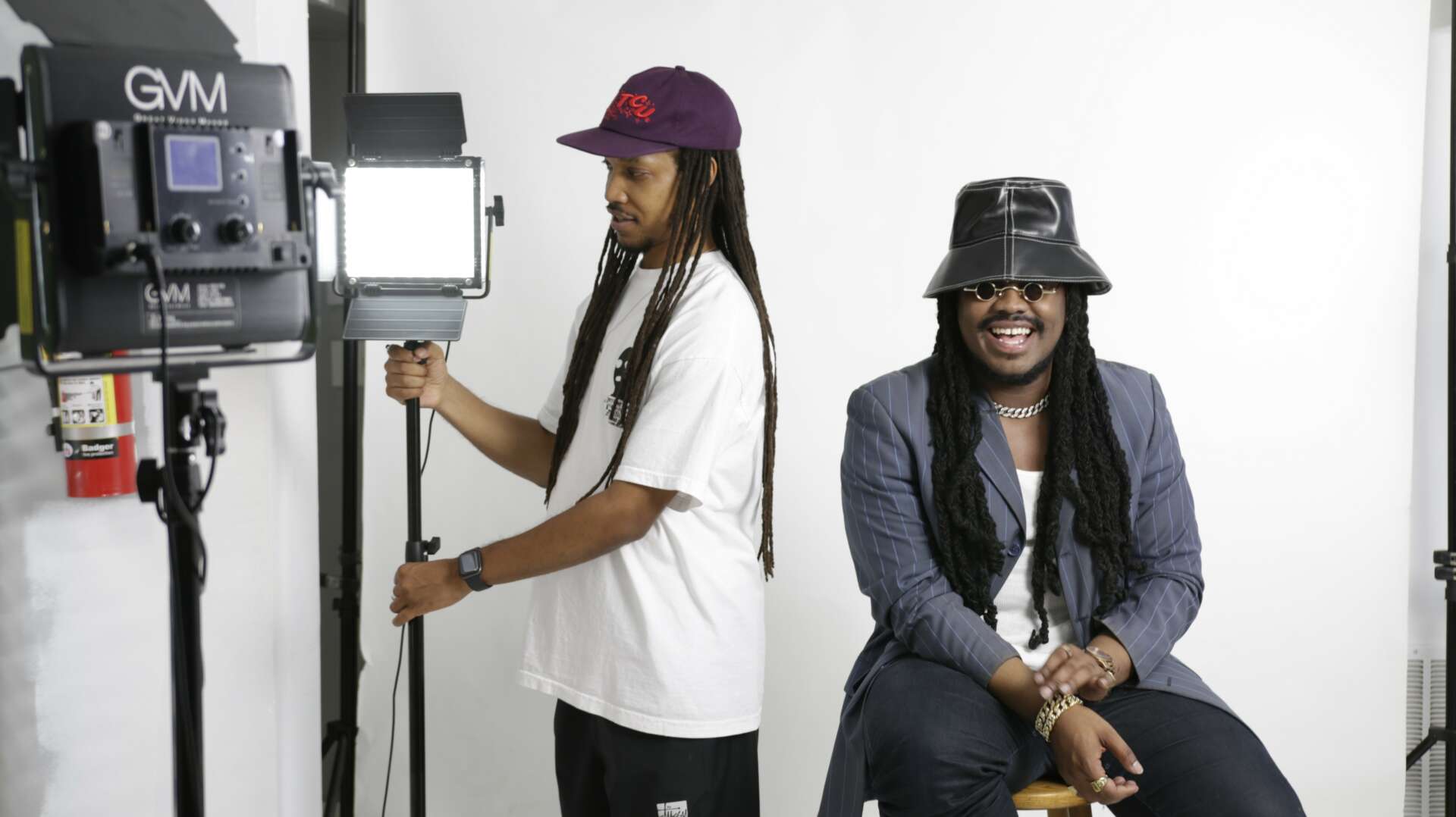
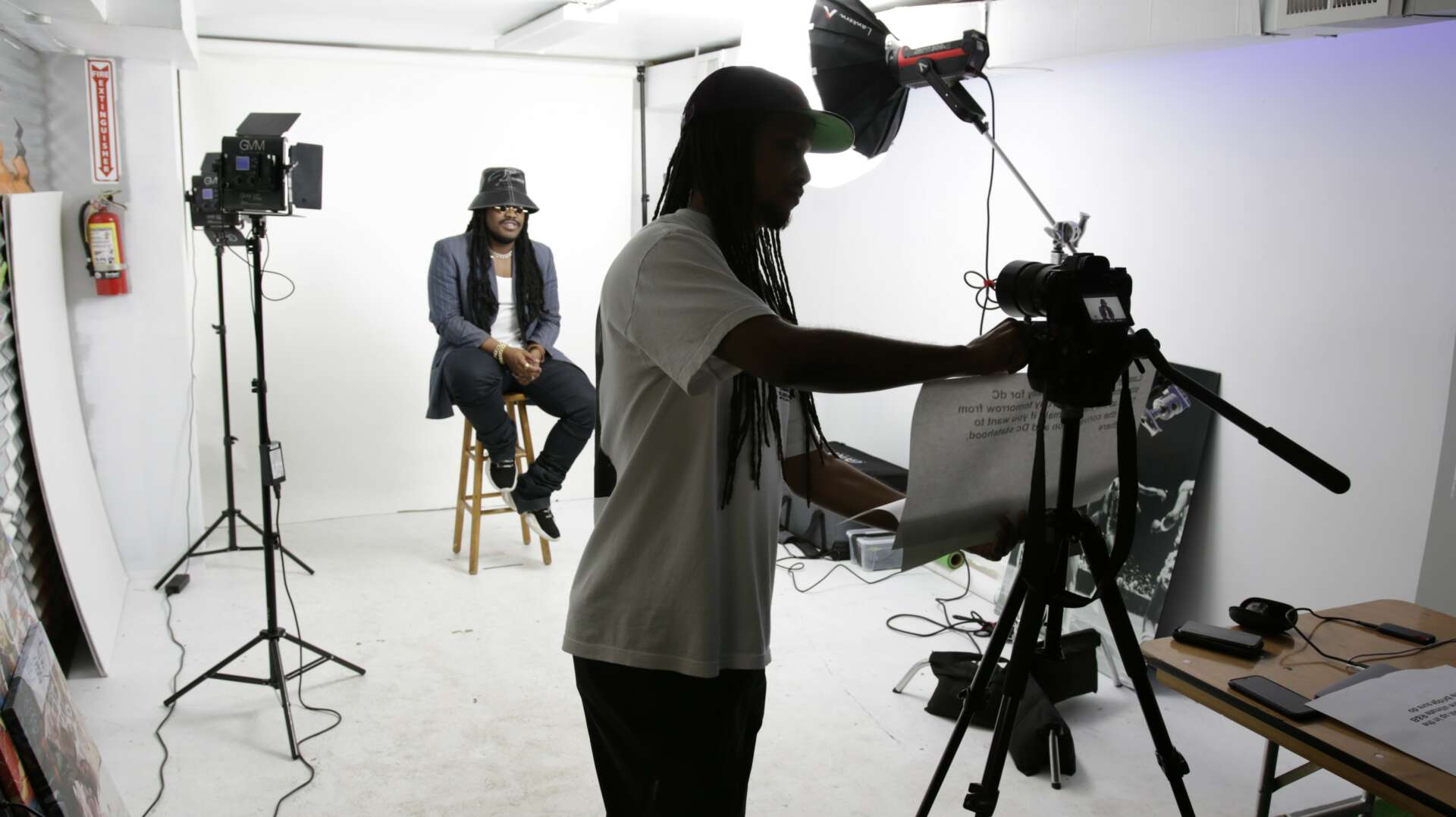
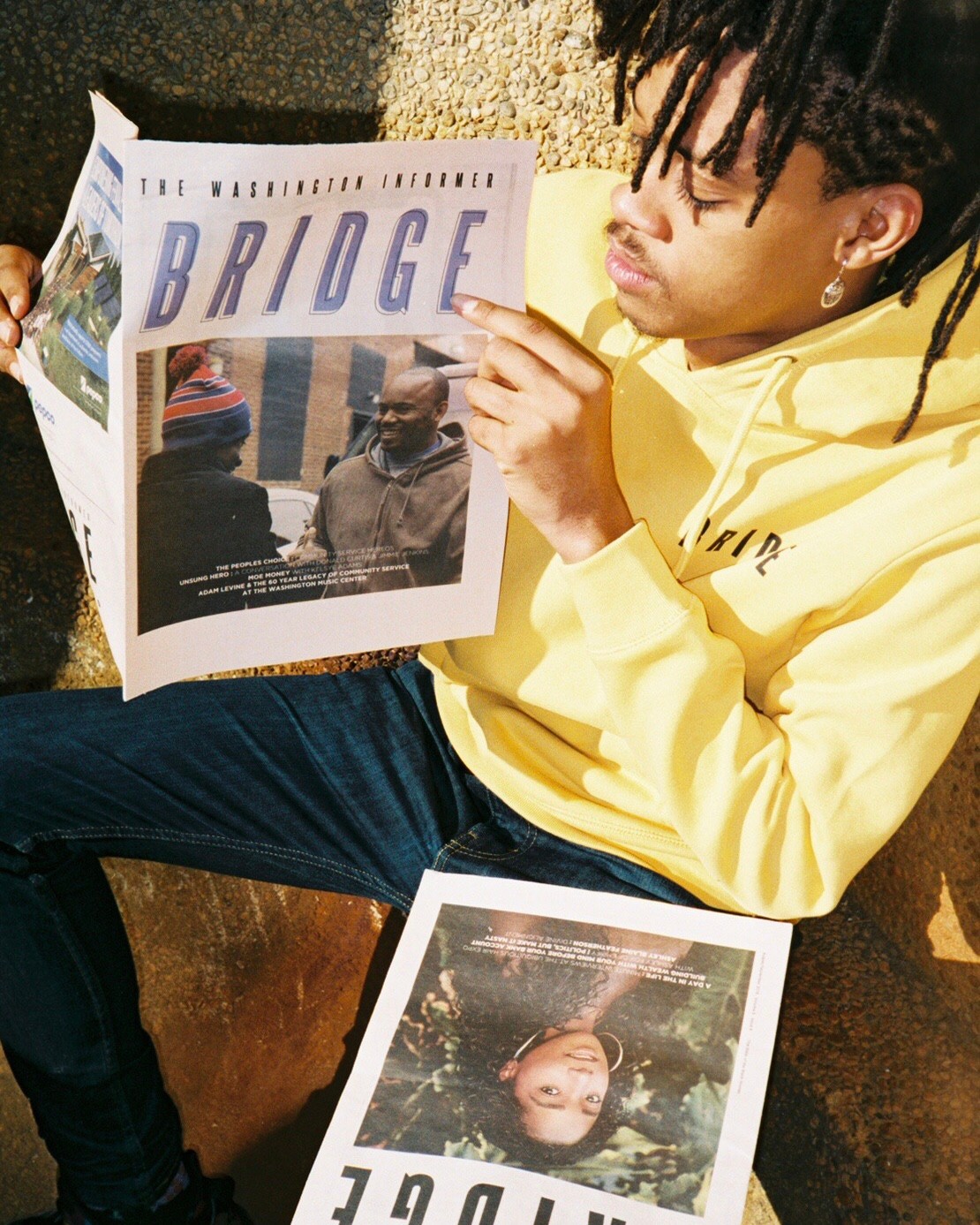
Lafayette, love having you share your insights with us. Before we ask you more questions, maybe you can take a moment to introduce yourself to our readers who might have missed our earlier conversations?
I began my career in journalism at a young age. My mother is a newspaper Publisher and writer. She would constantly correct my grammar and speech as a child. My father was an educational taskmaster and would require my brother and me to read and write book reports in our household. If I got in trouble at school, my parents would make me write about it. I’ve also always been into art and local subcultures.
Although I was raised in perhaps the poorest area of D.C., I attended grade school across town at some of the most prosperous neighborhood public schools. This allowed me to have a very diverse friend group which led to a new perspective on life. I called my business The Bridge based on the Frederick Douglass Bridge I crossed daily to reach new experiences and connect with my friends.
This diverse and open-minded thought would sometimes land me in trouble with superiors who didn’t see things how I did. I ended up being sent to a military boarding school in my junior year of high school, which is where I graduated. After HS, I attended Florida A&M University for a 5-year MBA program but later transferred to Howard University back in Washington, D.C.
I studied Marketing and took an interest in photography. As I developed I added graphic design and video to my creative skillset. I began working with various event promoters as a photographer, designer, and marketing consultant. After experiencing instances of racism, colorism, sexism, and materialism in the nightlife industry, some friends and I began to organize our own events. This led to the creation of the Bridge blog and so forth.
In addition to creative work, I am also interested in physical fitness, cooking and dieting, and traveling as much as possible. I’m told I get bored easily so I tend to keep my hands in a bunch of jars.
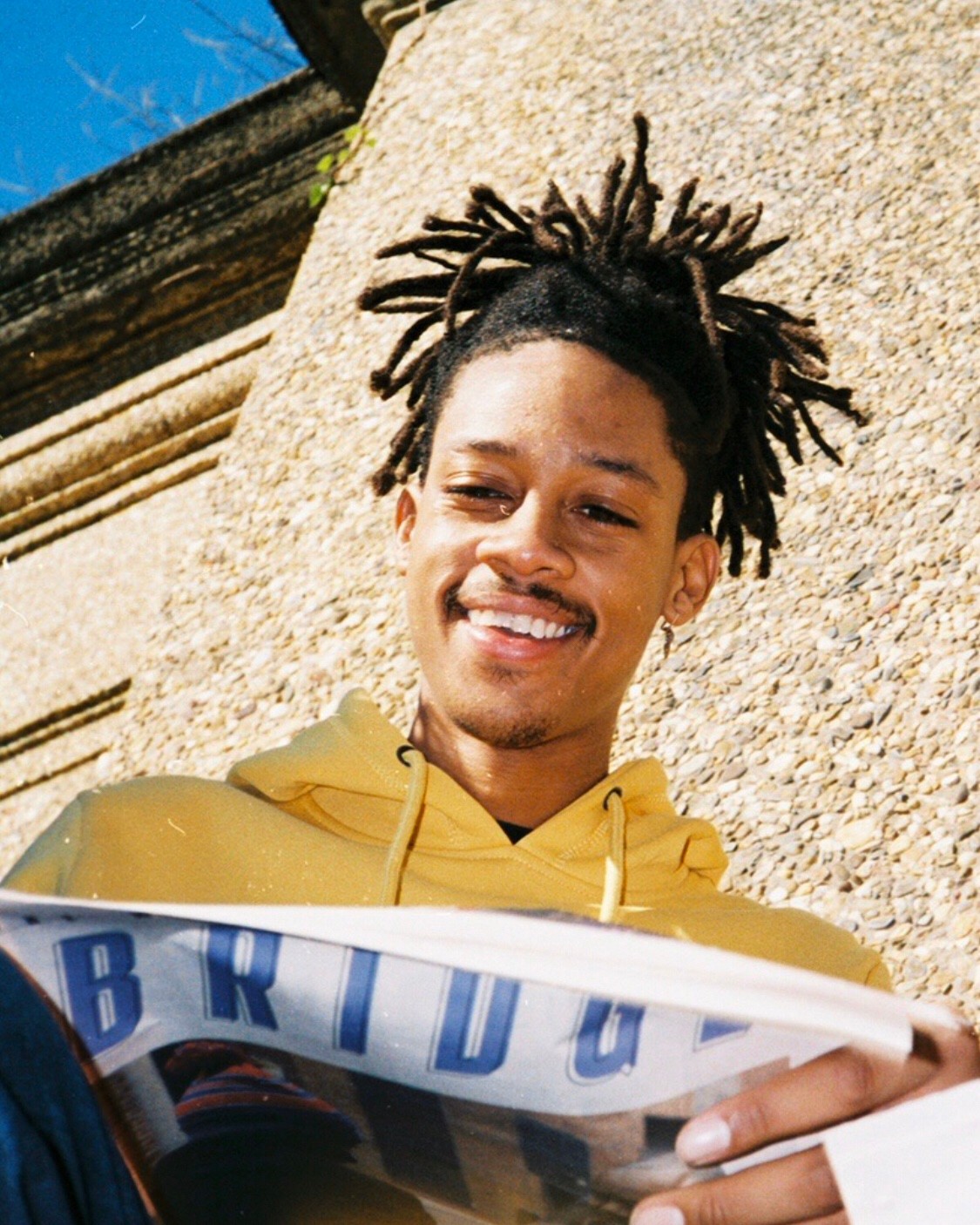
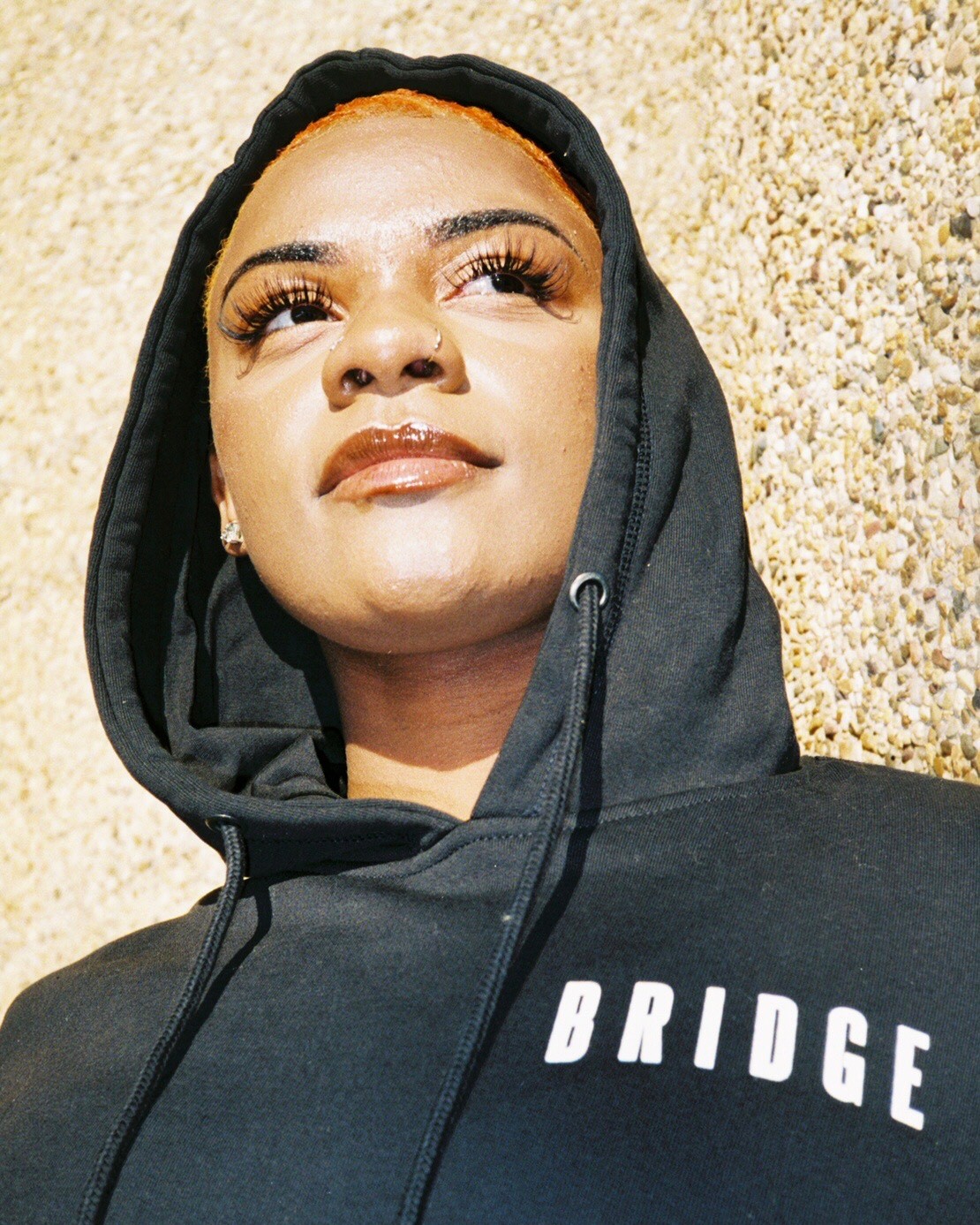
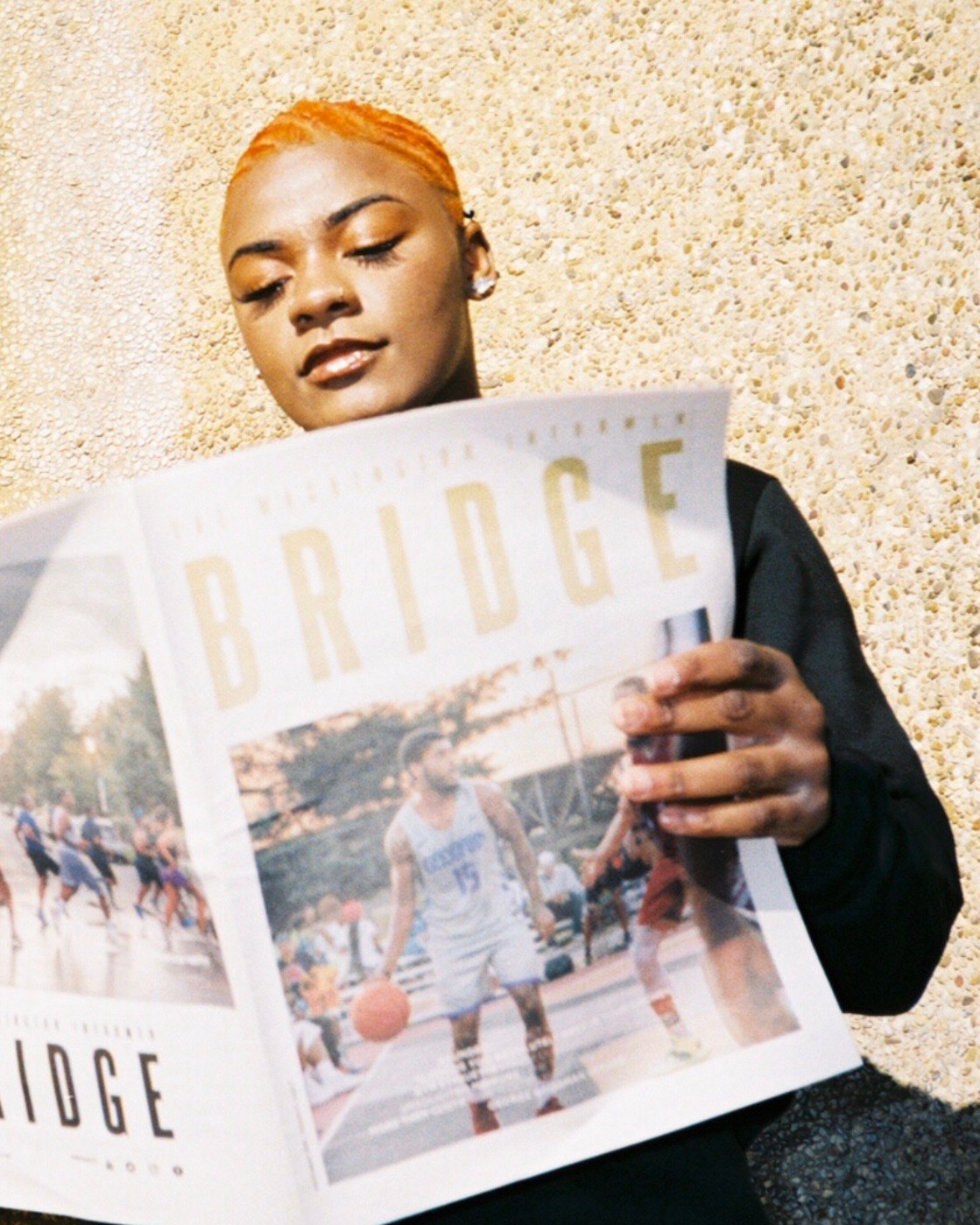
We’d love to hear the story of how you turned a side-hustle into a something much bigger.
Creative work was initially a side hustle for me. It wasn’t until I had dinner with my former boss, that I realized I could pursue it as a career. A stranger at the table asked me about my aspirations as a designer and luckily offered me a contract working at her company. This contract led to me working there for 5 years. The exposure to working in a corporate environment allowed me to see how designers were valued across the industry and put me in a position to learn from industry experts. I found out that I was underpricing my work and I also realized my client base was the wrong group if I wanted to get paid well. Another great lesson I realized was that the more I was getting paid, the easier the work was. The clients who paid the most wanted reliability and consistency, but the clients who paid the least wanted a fast turnaround and very high expectations. After a sports incident, I was unable to go to the office for almost a year, but I spent that time building a new client base and went full-time freelance. This allowed me to spend more time on The Bridge. I still take a lot of freelance work, but I’m more careful about the clients I choose to work with.
Where do you think you get most of your clients from?
The best source for new clients is old clients. If you do good work people will rave about you and you will get referred. The great thing about referrals is that they already have seen your work, they understand the price range, and they want to work with you. This also saves a lot of time as you rarely have to pitch ideas or prove your worth. You don’t need a million clients. You just need a few great ones who you can grow with.
Contact Info:
- Website: www.lafayetteiv.com
- Instagram: @lafayette4dc
- Facebook: n/a
- Linkedin: https://www.linkedin.com/in/lafayette-barnes-17963b58/
- Twitter: n/a
- Youtube: https://www.youtube.com/wibridgedc
- Yelp: n/a
- Other: Check out The Bridge at www.wibridgedc.com and @wibridgedc on Instagram.
Image Credits
The photos of kids reading are by Luna Monay (https://www.instagram.com/lunathesnob)


